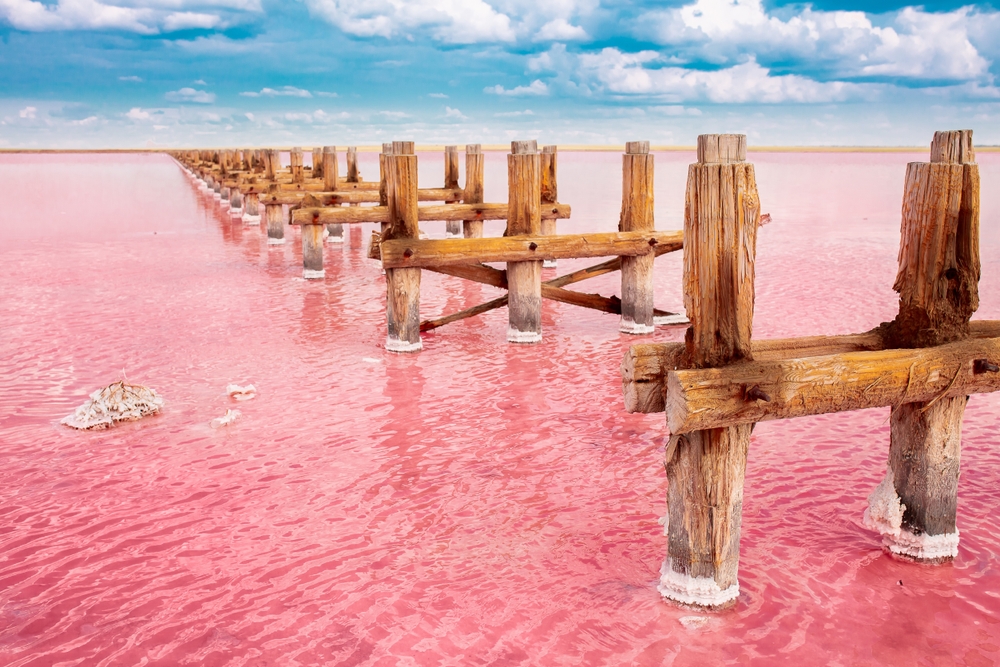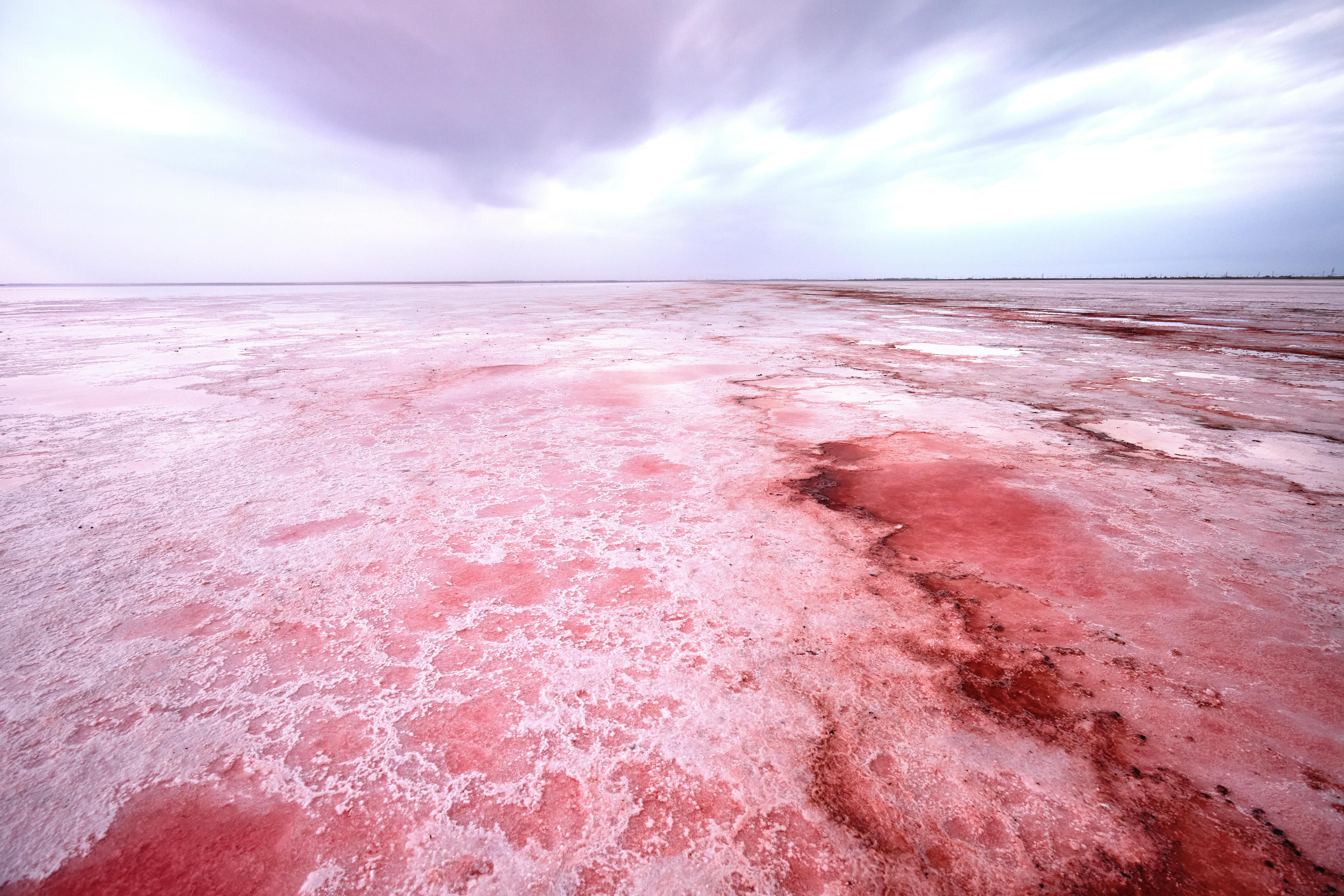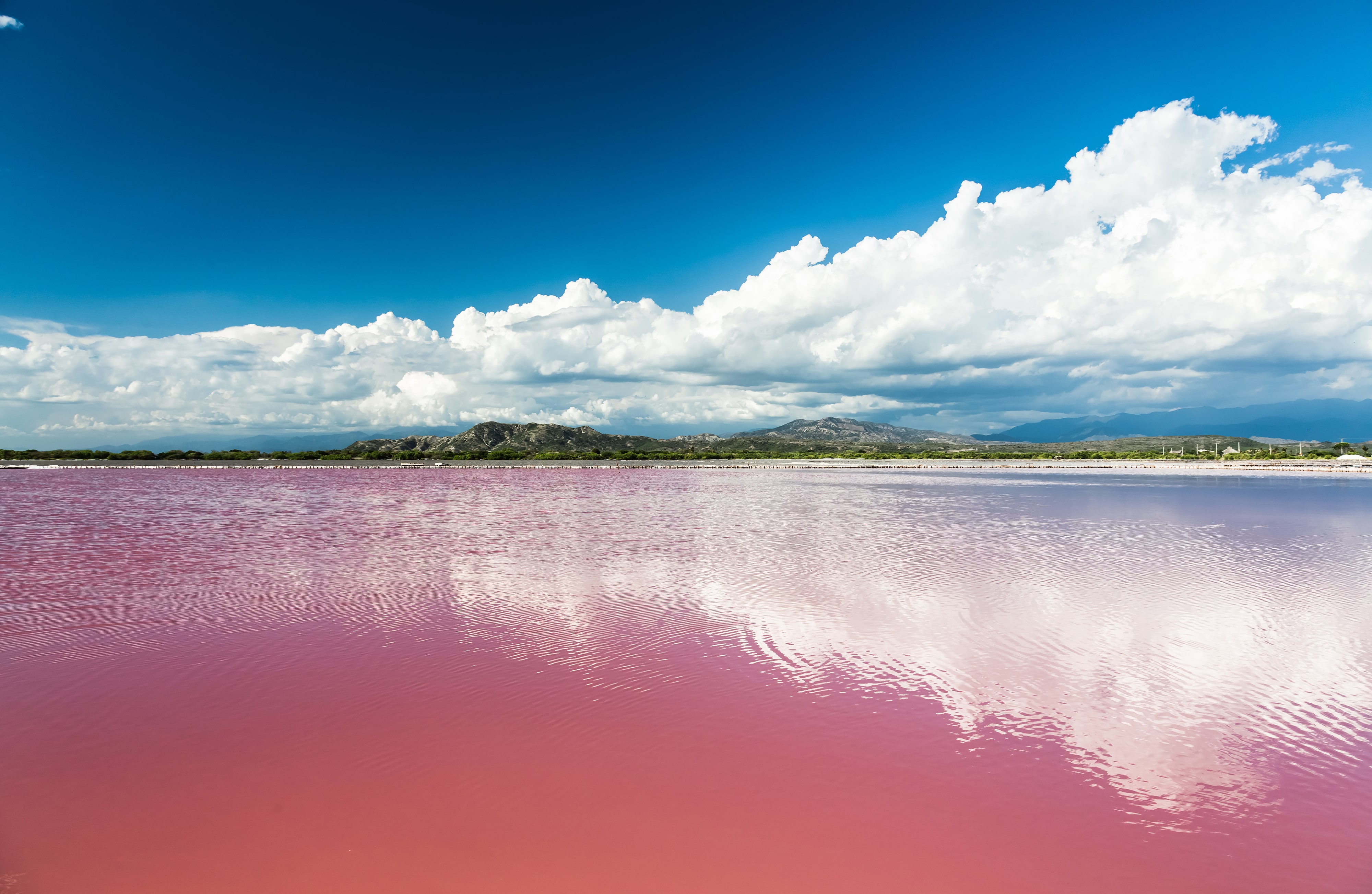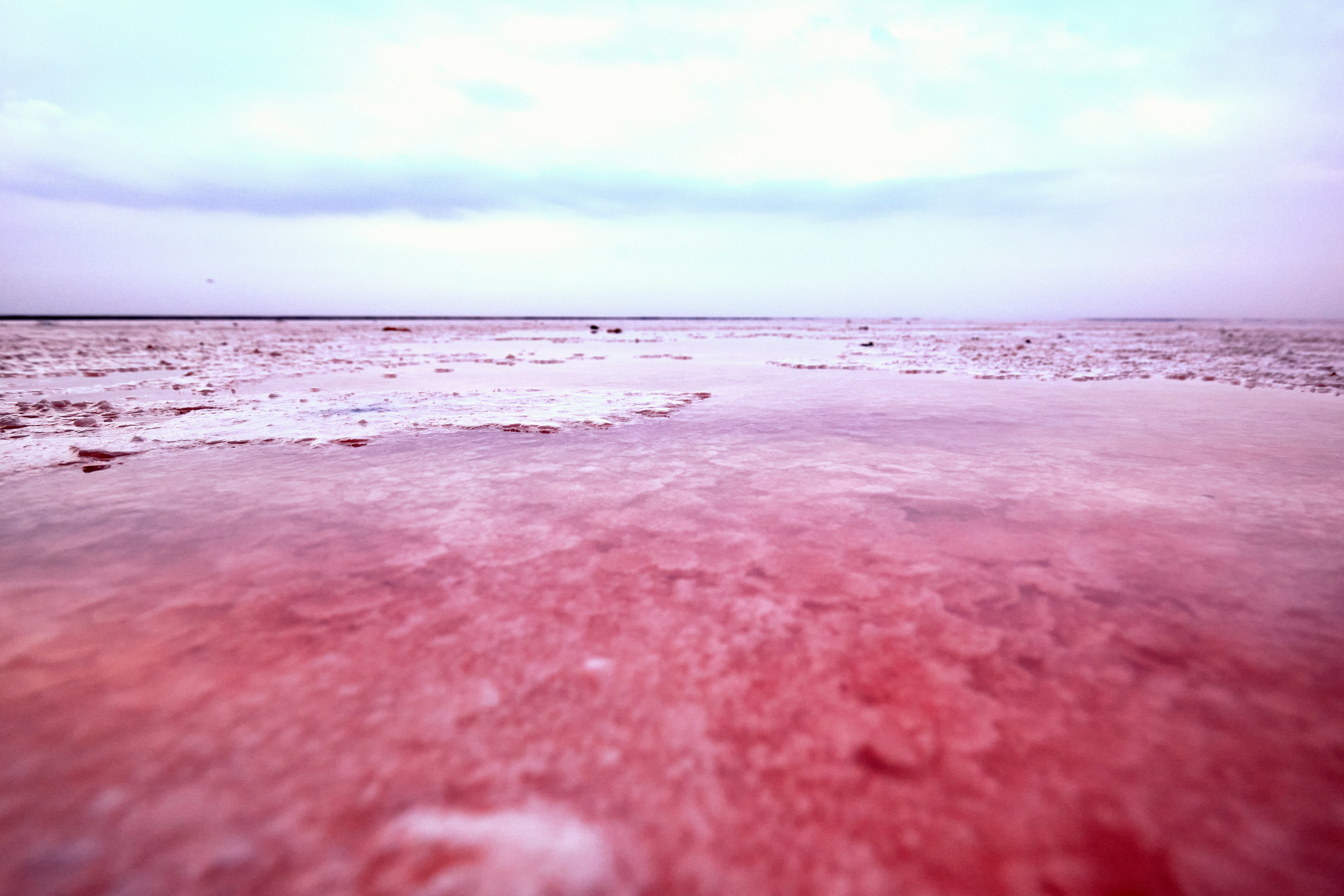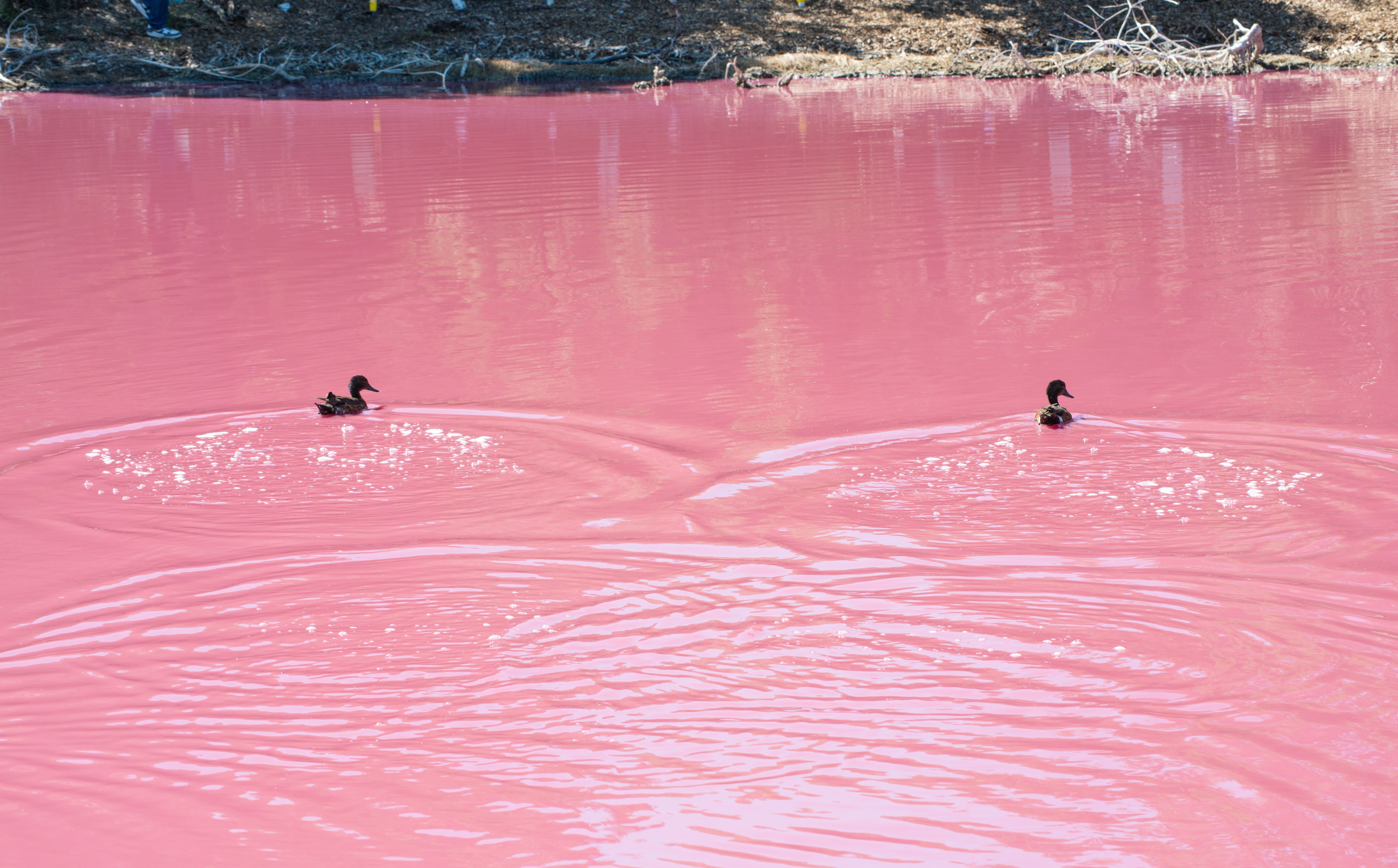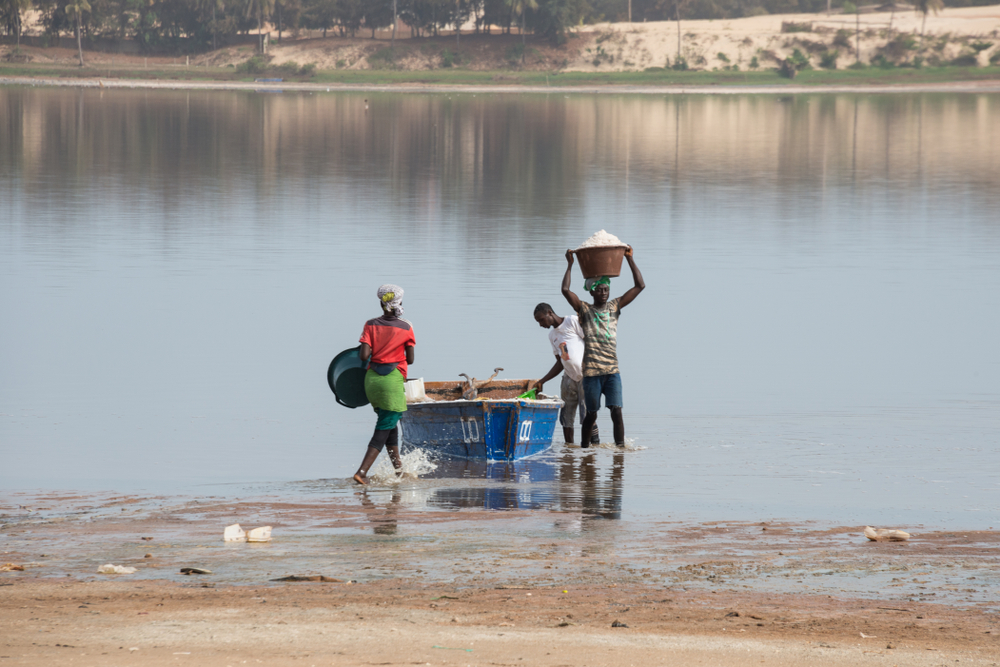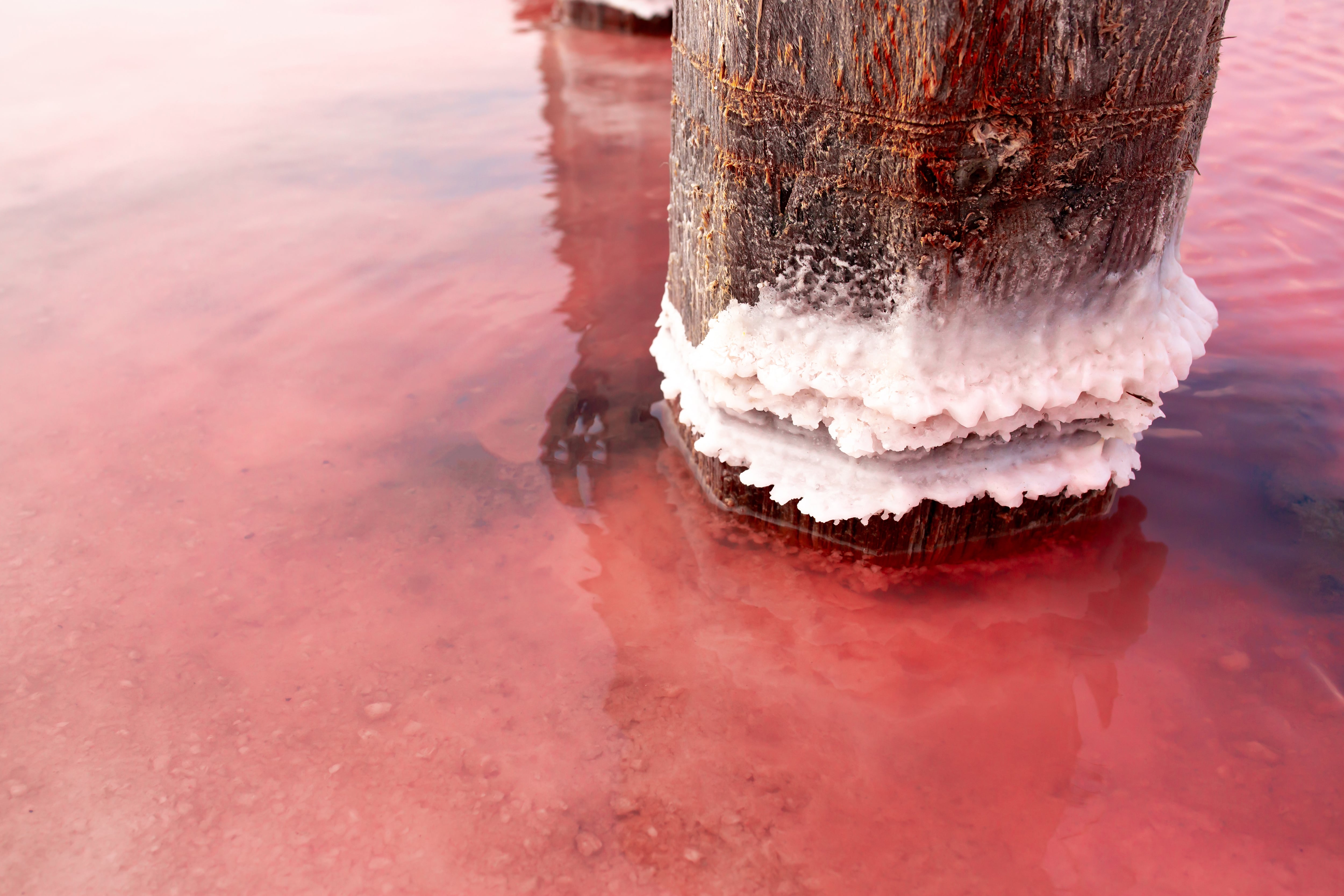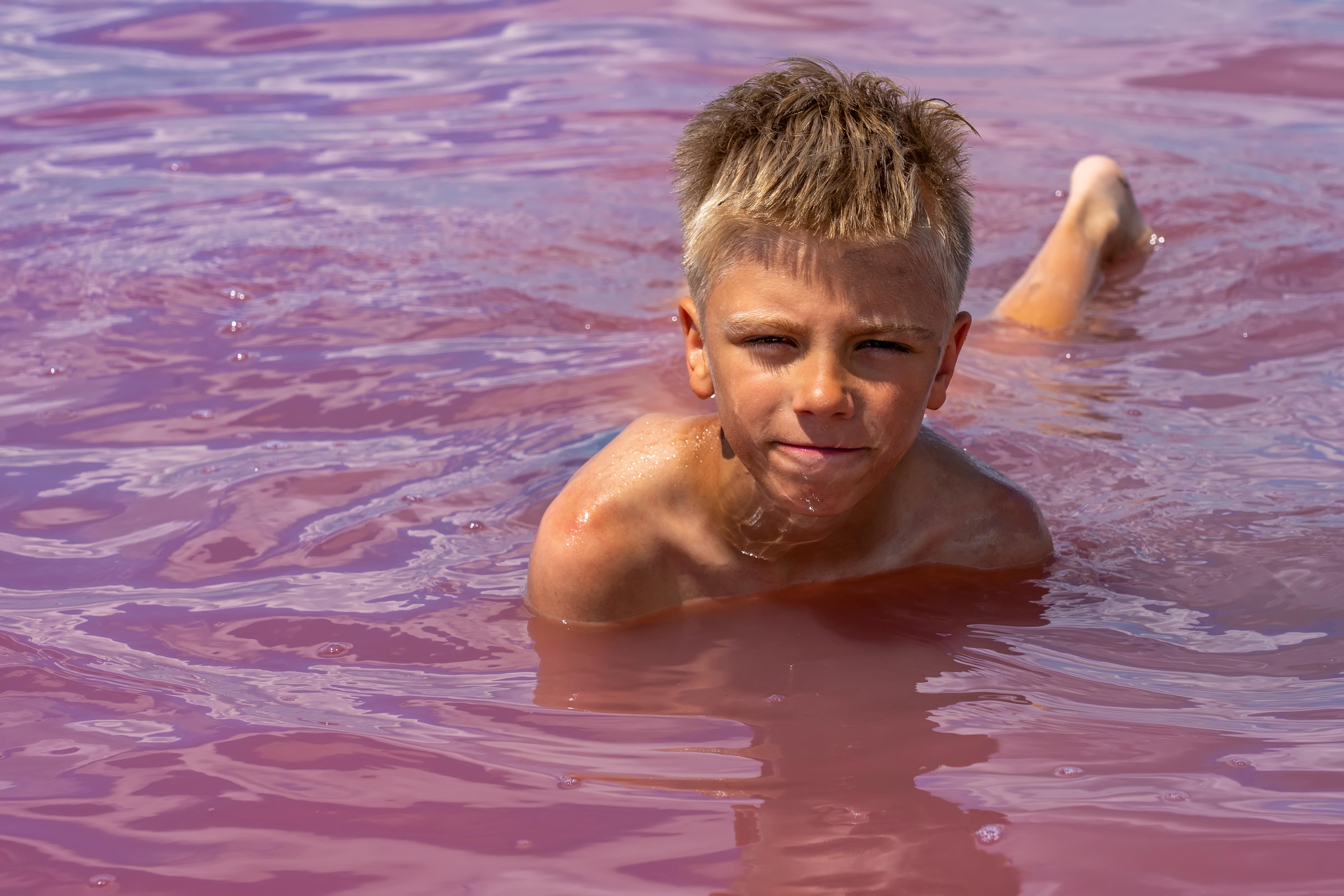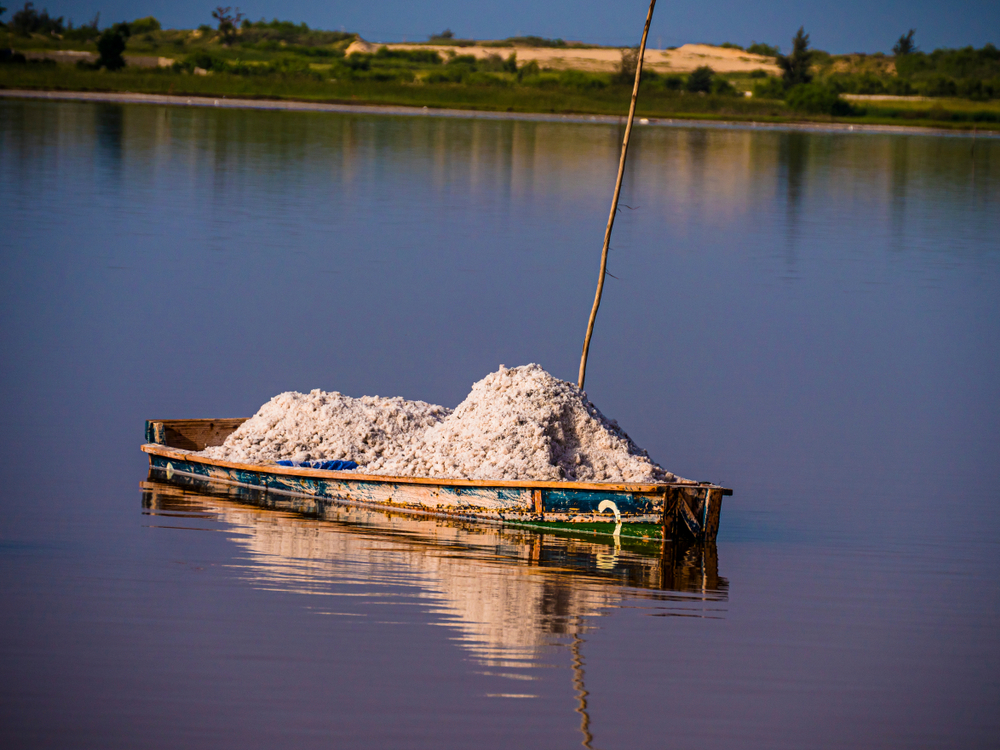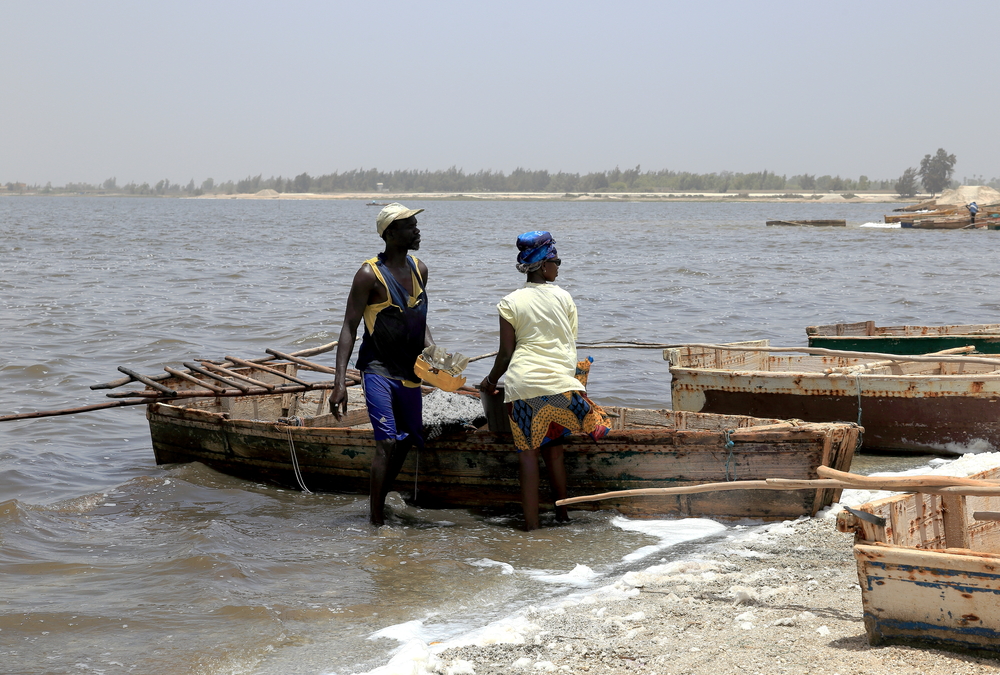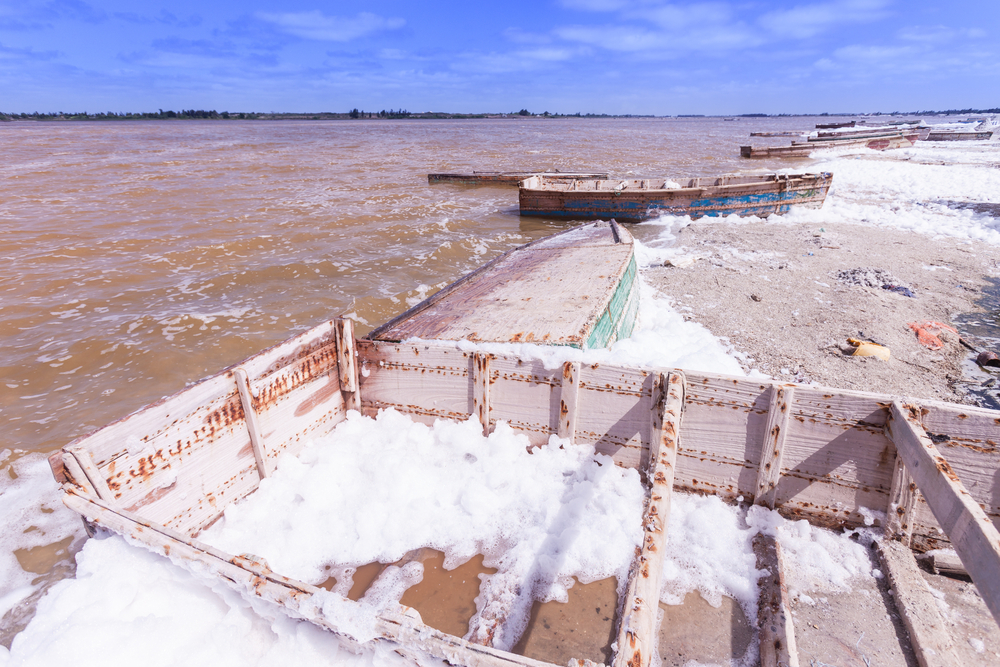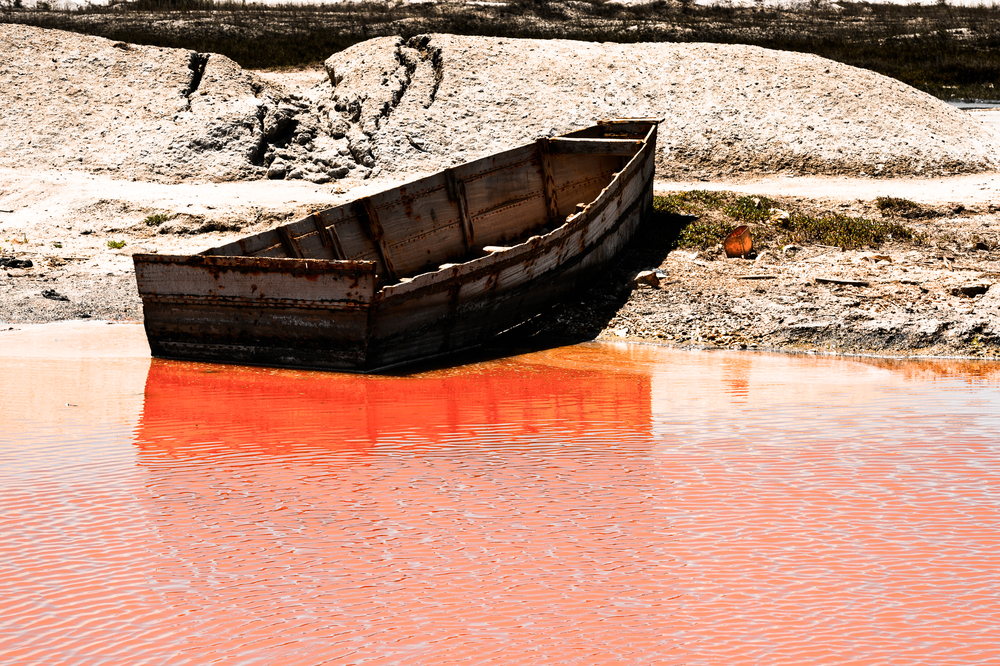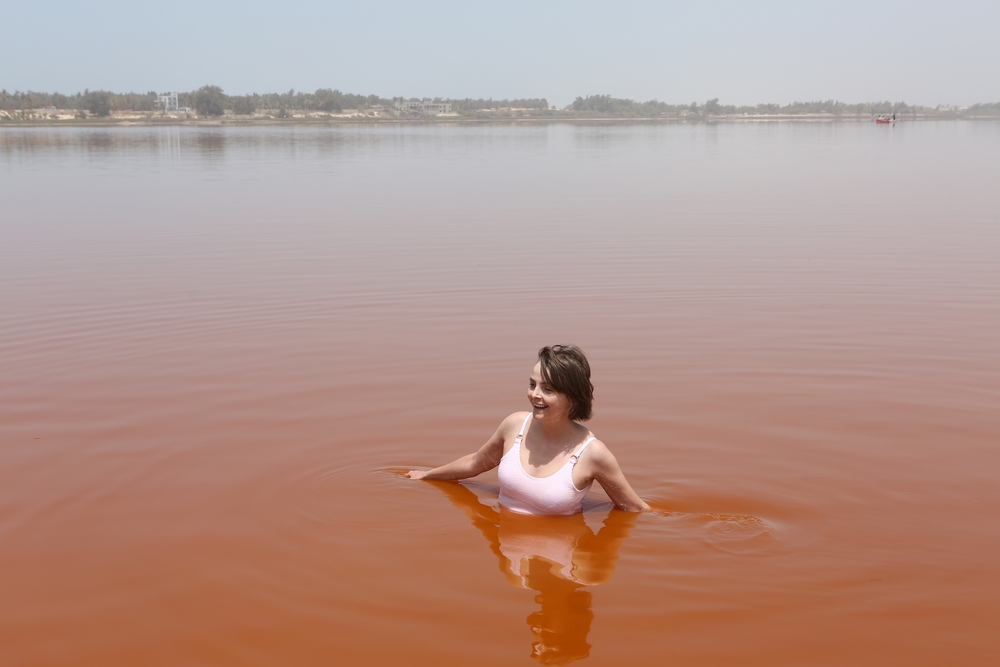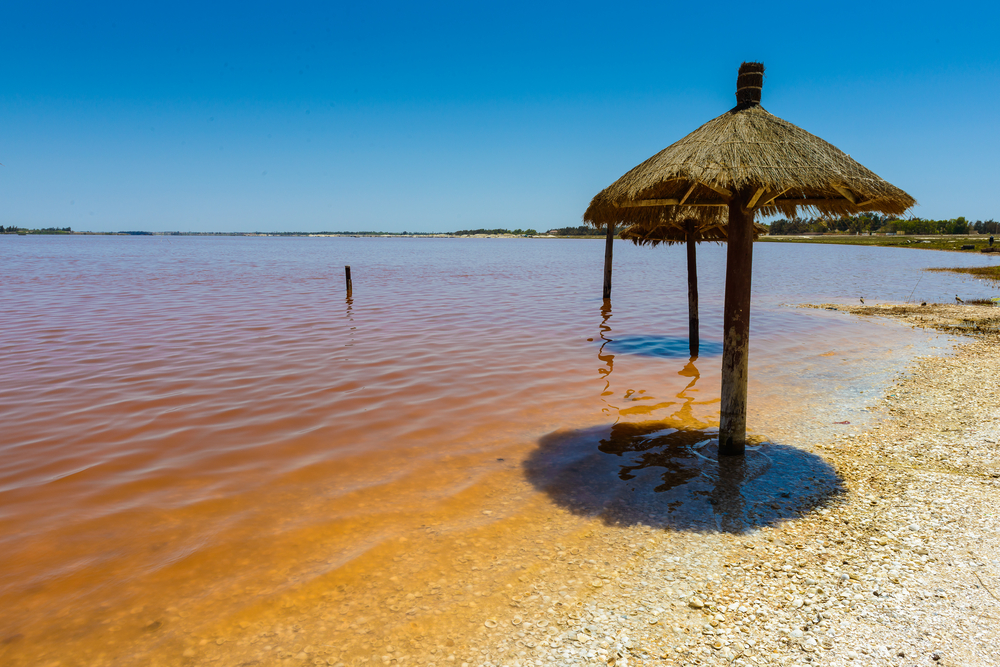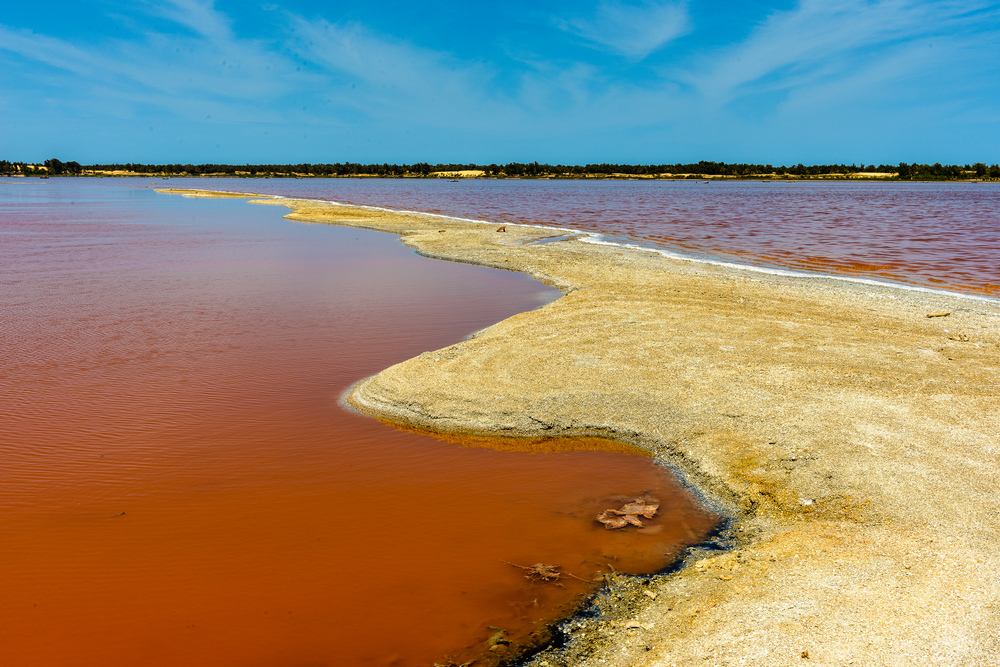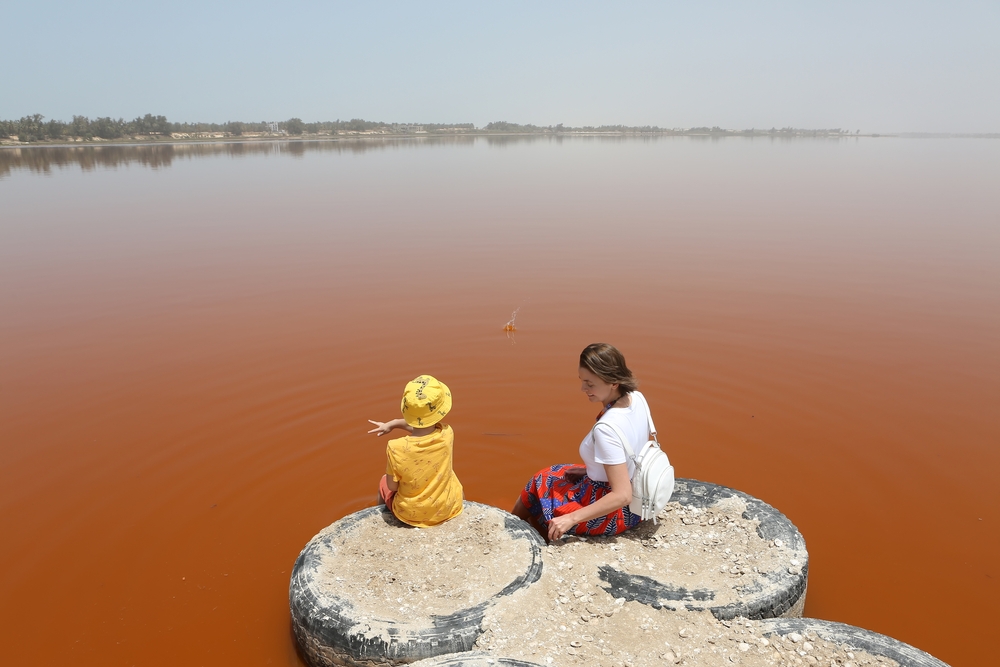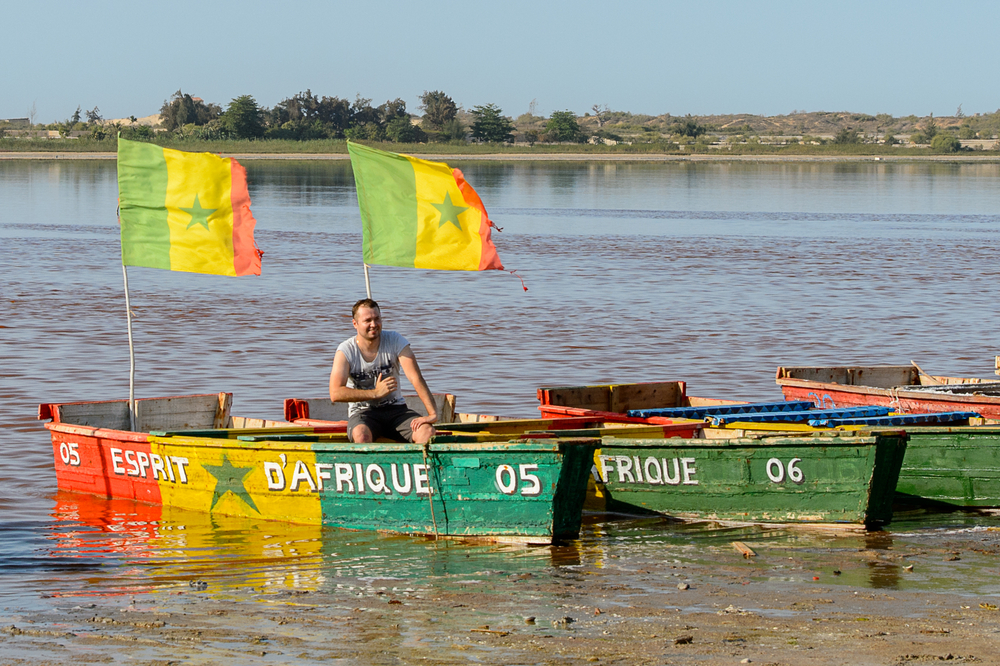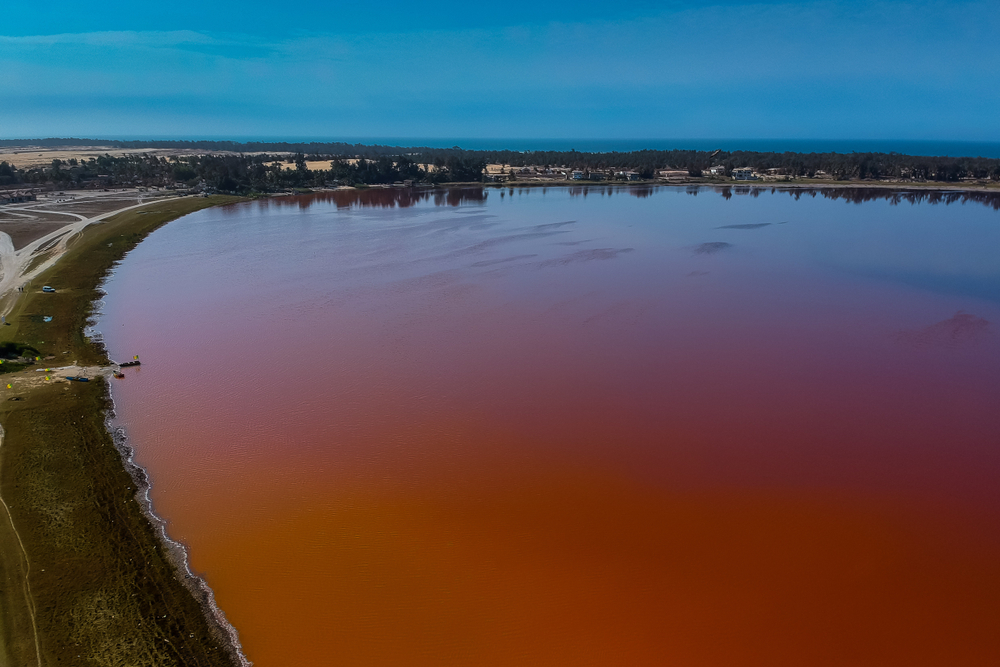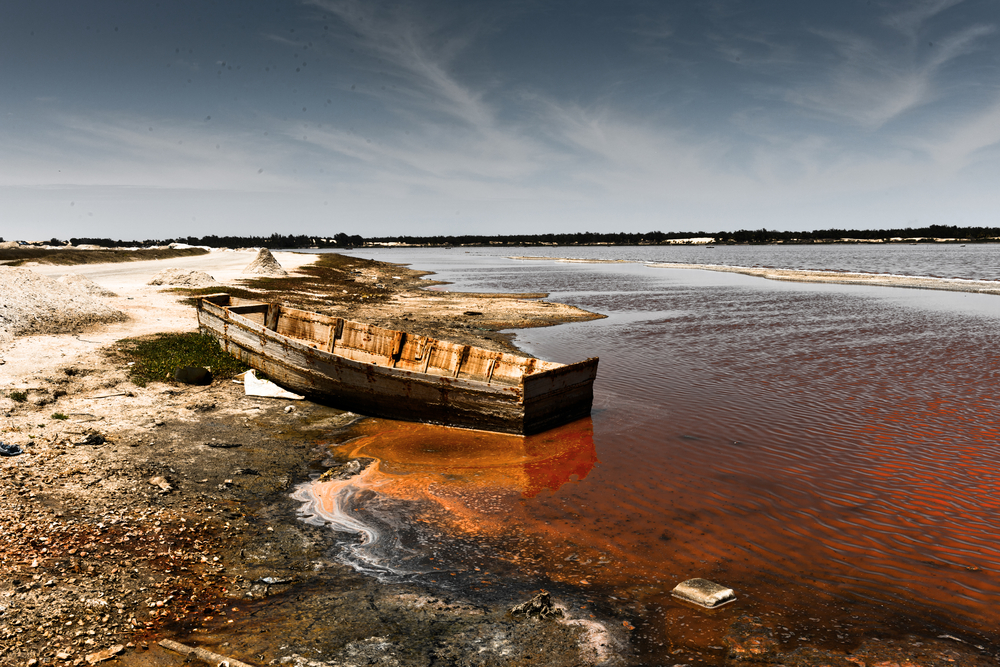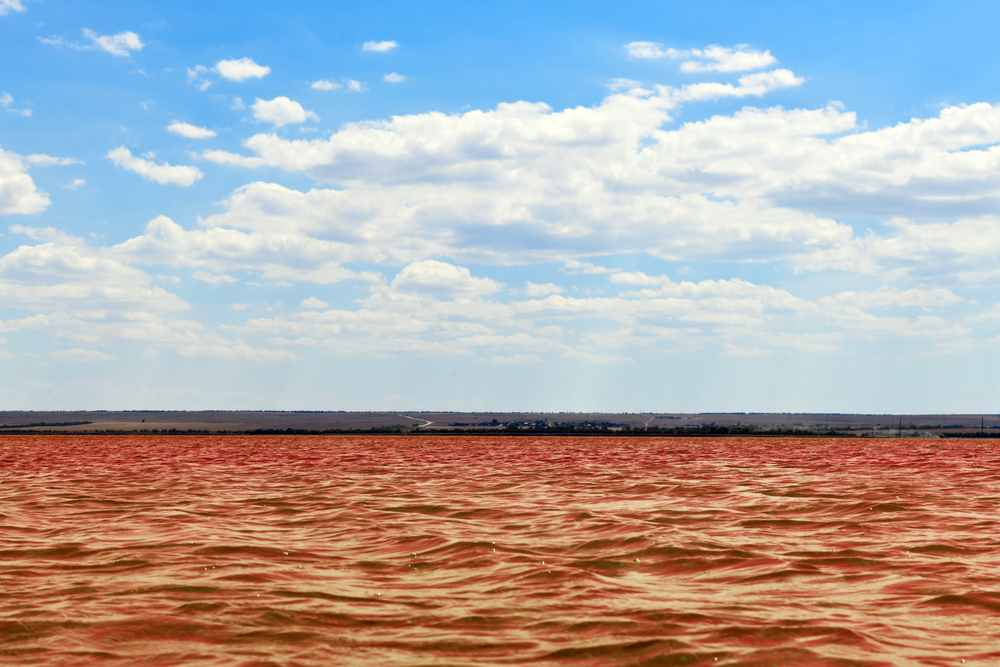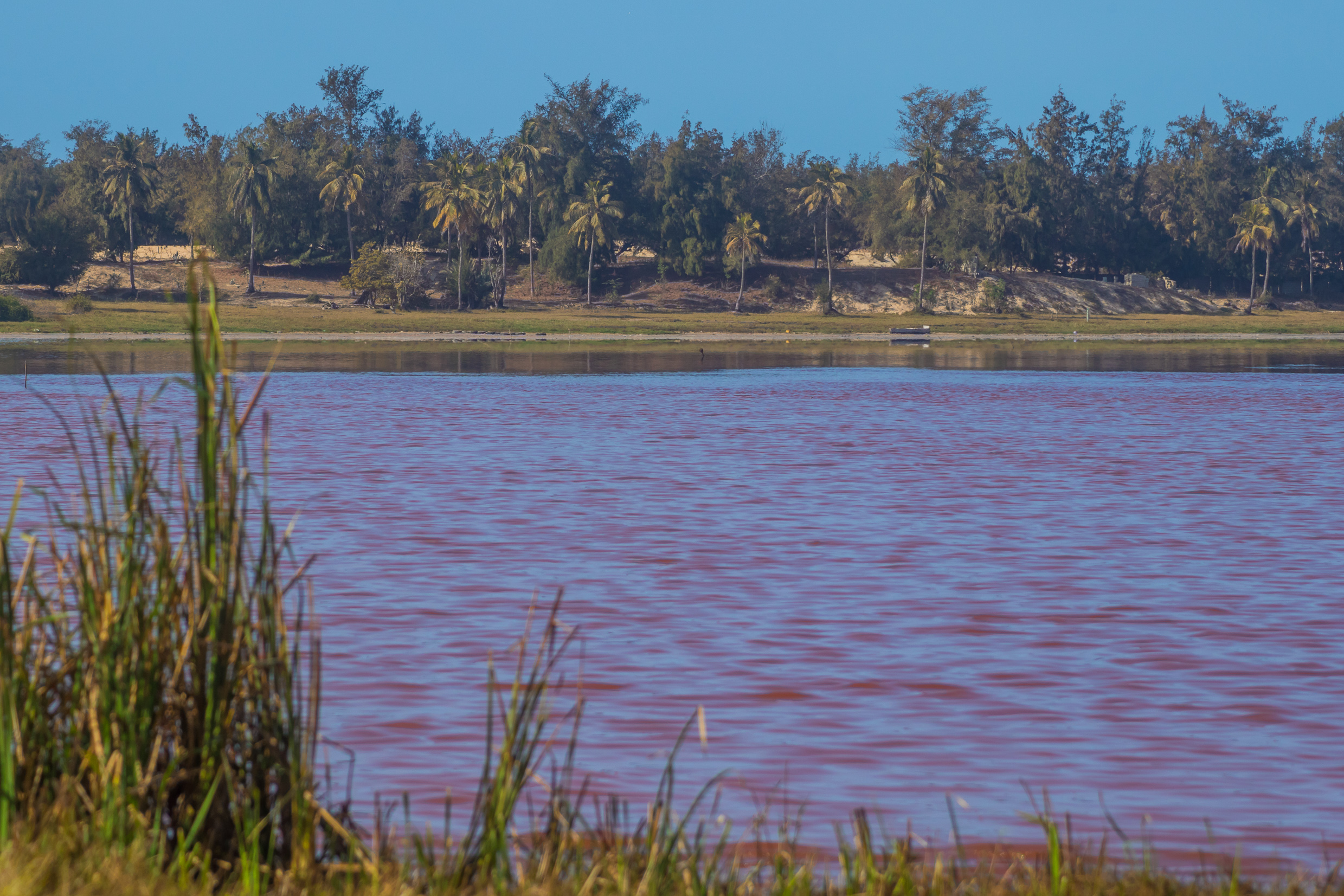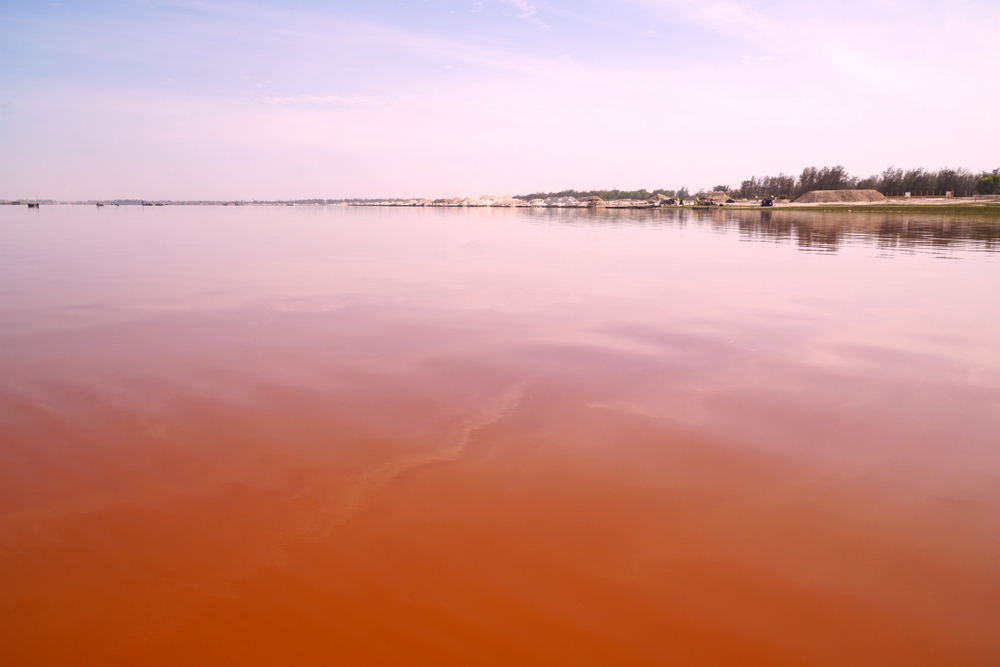Lake Retba
Lake Retba, also known as Lac Rose, is considered one of the world’s 10 most amazing lakes due to its stunning pink color.
It’s a naturally occurring phenomenon with an intriguing mystery that regularly draws in thousands of tourists. But its pinkish beauty has recently been threatened.

Where is it?
Lake Retba is located in Senegal, West Africa, approximately 30 kilometers (18.6 miles) northeast of Dakar.
It is separated from the Atlantic Ocean by a narrow strip of sand dunes.
How big is it?
Lake Retba covers an area of approximately of 1.2 square miles, and is relatively shallow with an average depth of about 9.8 feet.
What is it commonly called?
Lake Retba known as Lac Rose—meaning “pink lake”—due to its distinctive pink color.
Why is it pink?
The pink color of the lake is caused by a type of algae called Dunaliella salina, which produces a red pigment in response to the high salt content.
When is it most pink?
The pink color is seen best during the dry season, particularly in the morning and late afternoon when the sunlight enhances the hue.
When does it turn red?
At some points, when the salt content in the water is extremely high the color of the “pink lake” actually looks more of a blood-red color, or sometimes orange. It is best seen from above.
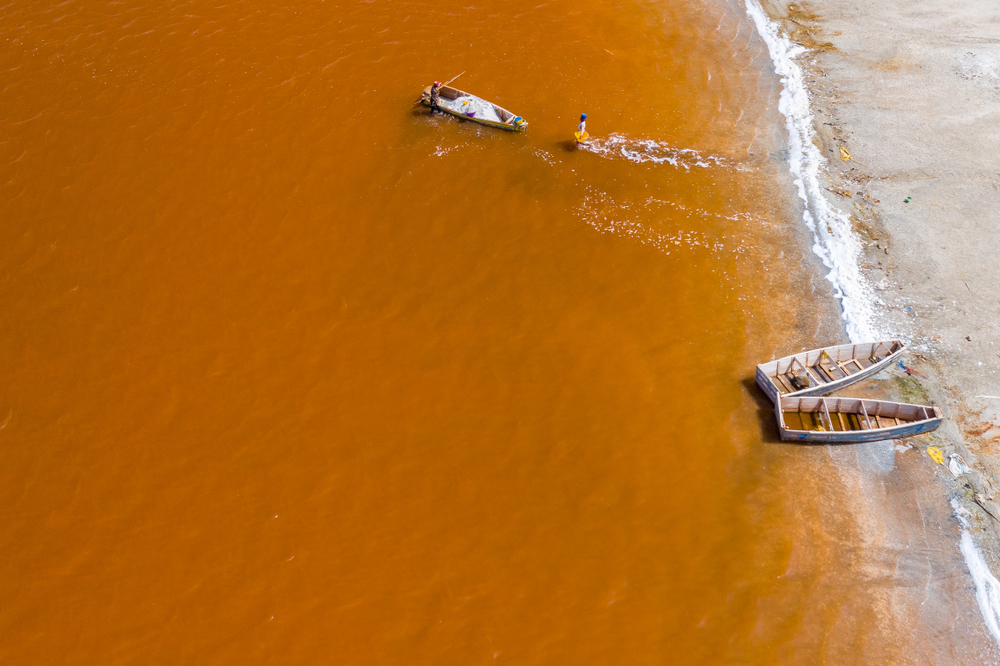 Curioso.Photography, Shutterstock
Curioso.Photography, Shutterstock
Is the color permanent?
The lake’s color is not permanent and can change over time due to fluctuations in algae population and other environmental factors.
Has it always been pink?
No, Lake Retba was originally a fresh water lake until the 1980s when severe drought caused the change in composition of the water which became too salty. The salt attracted the algae, which then turned it pink.
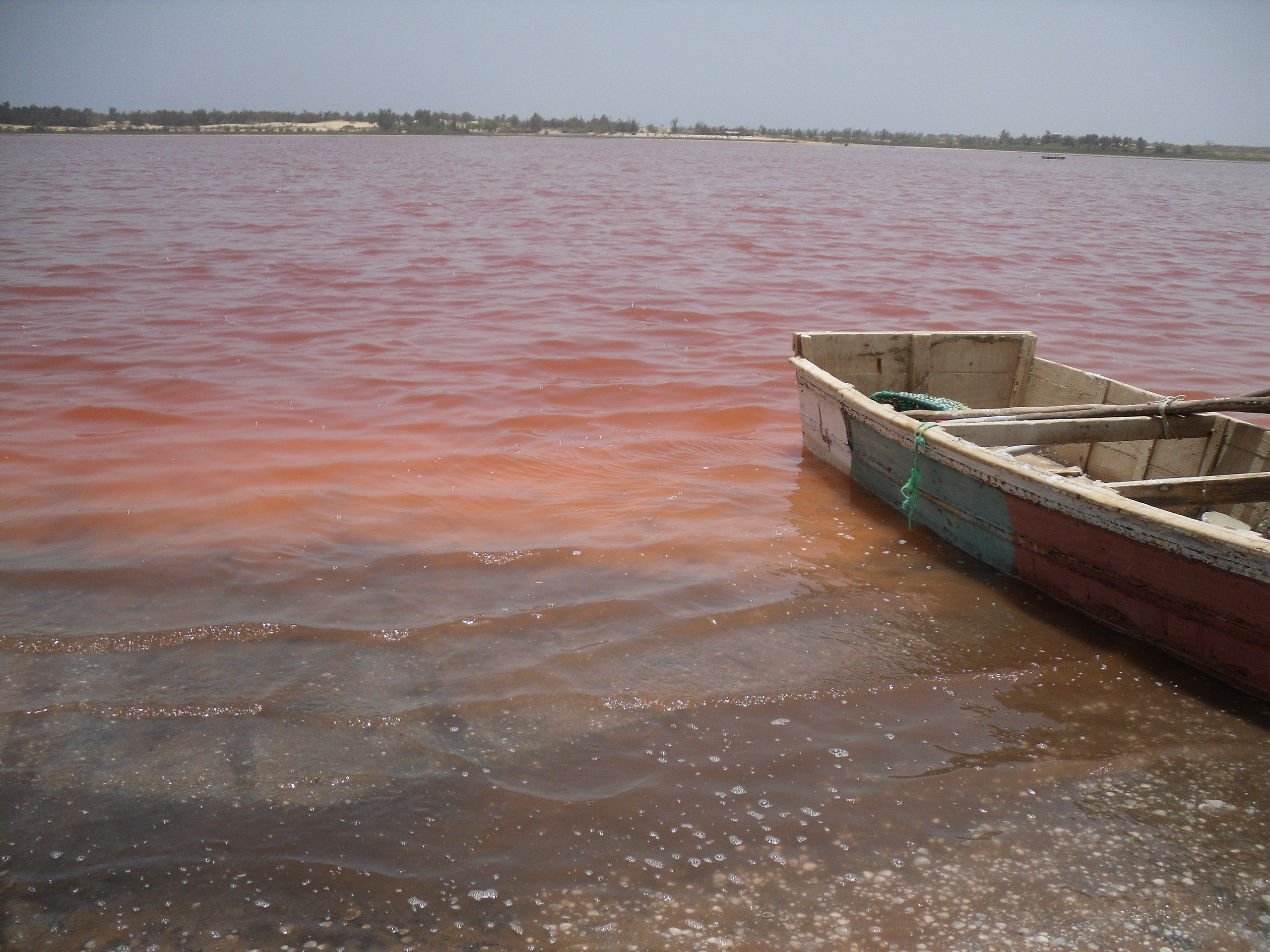 Cooperazione, CC BY-SA 3.0, Wikimedia Commons
Cooperazione, CC BY-SA 3.0, Wikimedia Commons
What else is it known for?
Lake Retba is also most known for its salt content, as it is one of the world’s saltiest bodies of water, with salt concentrations resembling those of the Dead Sea.
What does the salt do?
The salt concentration in the lake can reach up to 40%, making it possible for people to effortlessly float on the surface.
What is Lake Retba is commonly used for?
Lake Retba is commonly used for harvesting salt, due to its high concentration. It is used for various purposes, such as culinary and cosmetic uses.
How is the salt harvested?
Local salters manually collect salt from the lake’s bed, by wading into the lake and scaping the salt into mounds which are then collected and taken away for processing and packaging.
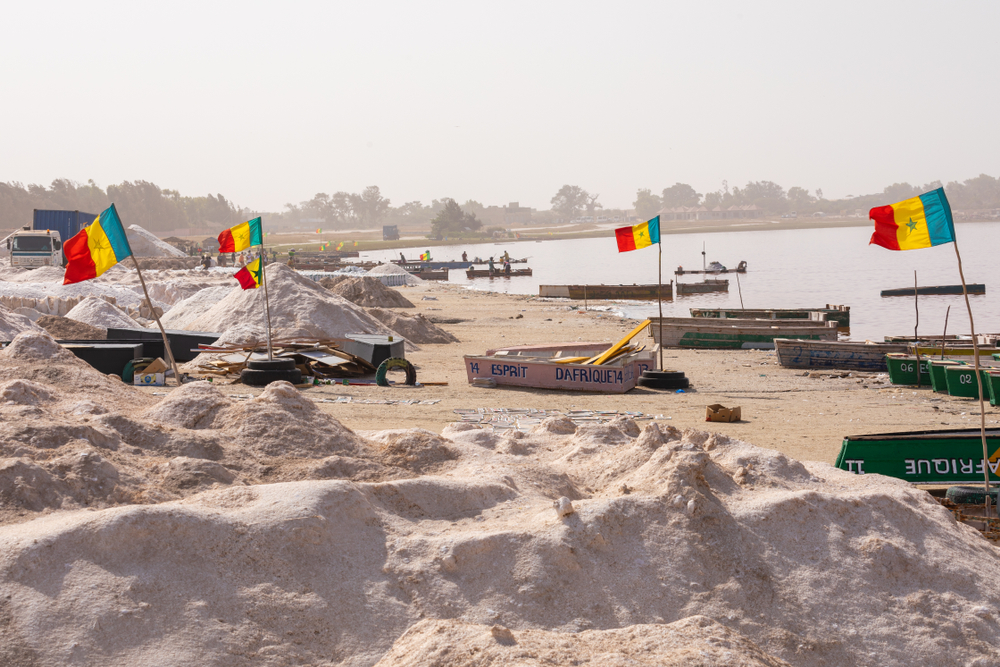 Curioso.Photography, Shutterstock
Curioso.Photography, Shutterstock
How do salt harvesters protect themselves?
Given the harsh sunlight and salty water, local salt harvesters cover themselves in shea butter to protect their skin from the elements.
How many people harvest the salt?
There are actually more people than you think harvesting salt from Lake Retba. On a daily basis, there are about 1,000 people harvesting the salt.
How much salt is harvested each year?
There is over 45,000 tons of salt harvested annually from Lake Retba. Over 70% of the salt is exported to other West African countries.
Is it safe to swim in?
Yes, Lake Retba is safe to swim in. The high salt content actually acts as a natural disinfectant, making it rather clean.
Can you drink the water?
The water may be boiled if it absolutely has to be, but drinking the water from Lake Retba is not recommended due to its highly concentrated salt content.
Is there wildlife in Lake Retba?
The lake’s high salt content creates a special environment that only a few types of fish and plants can survive in, which includes flamingos, birds, and fish adapted to high salt environments.
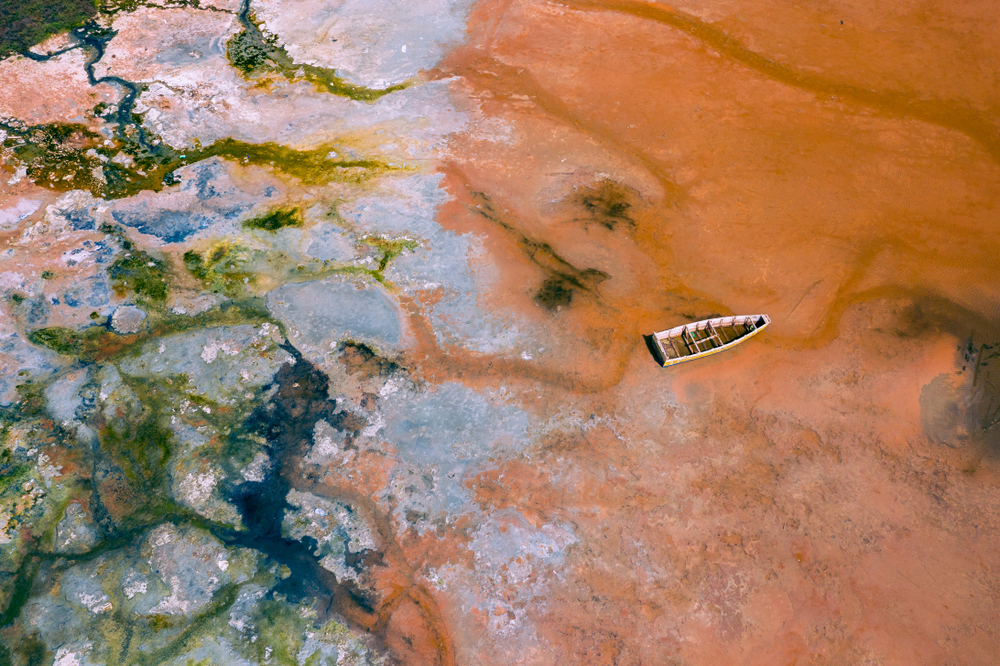 Curioso.Photography, Shutterstock
Curioso.Photography, Shutterstock
What is the sandy beach made from?
The white sandy shores of the lake is actually made up of salt that has washed up on shore. There is minimal actual “sand” surrounding the water.
Can tourists visit Lake Retba?
Yes, absolutely! In fact, it is a very popular tourist destination with hundreds of tourists visiting regularly. There are several different tours available, and hiking trails in the area.
Does it cost money to go to Lake Retba?
Typically, yes. Through traditional tourist companies, visitors can expect to pay a fee depend on the type of tour chosen.
Income from tourism is an integral part of the local economy.
What is the main threat to Lake Retba?
The main threat to Lake Retba is flooding. When harsh rainfall builds up, the lake goes from its pretty pink color to a darker green color. The rain water significantly reduces the salt content.
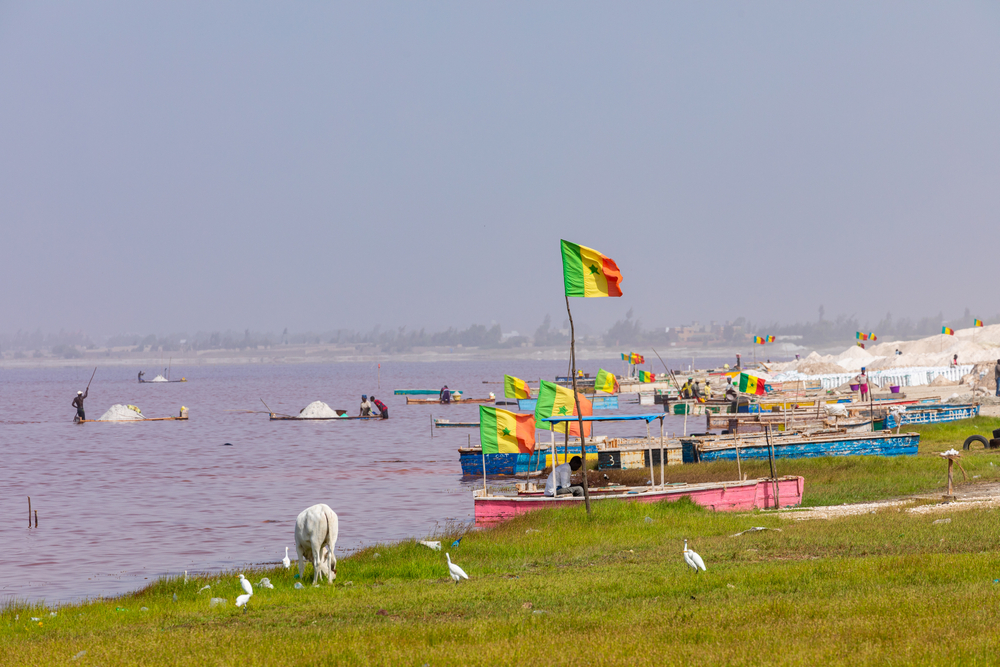 Curioso.Photography, Shutterstock
Curioso.Photography, Shutterstock
Why is a reduced salt content dangerous?
The reduced salt content in Lake Retba is particularly dangerous to the microorganisms that thrive on the salt—these organisms are also what makes the lake pink.
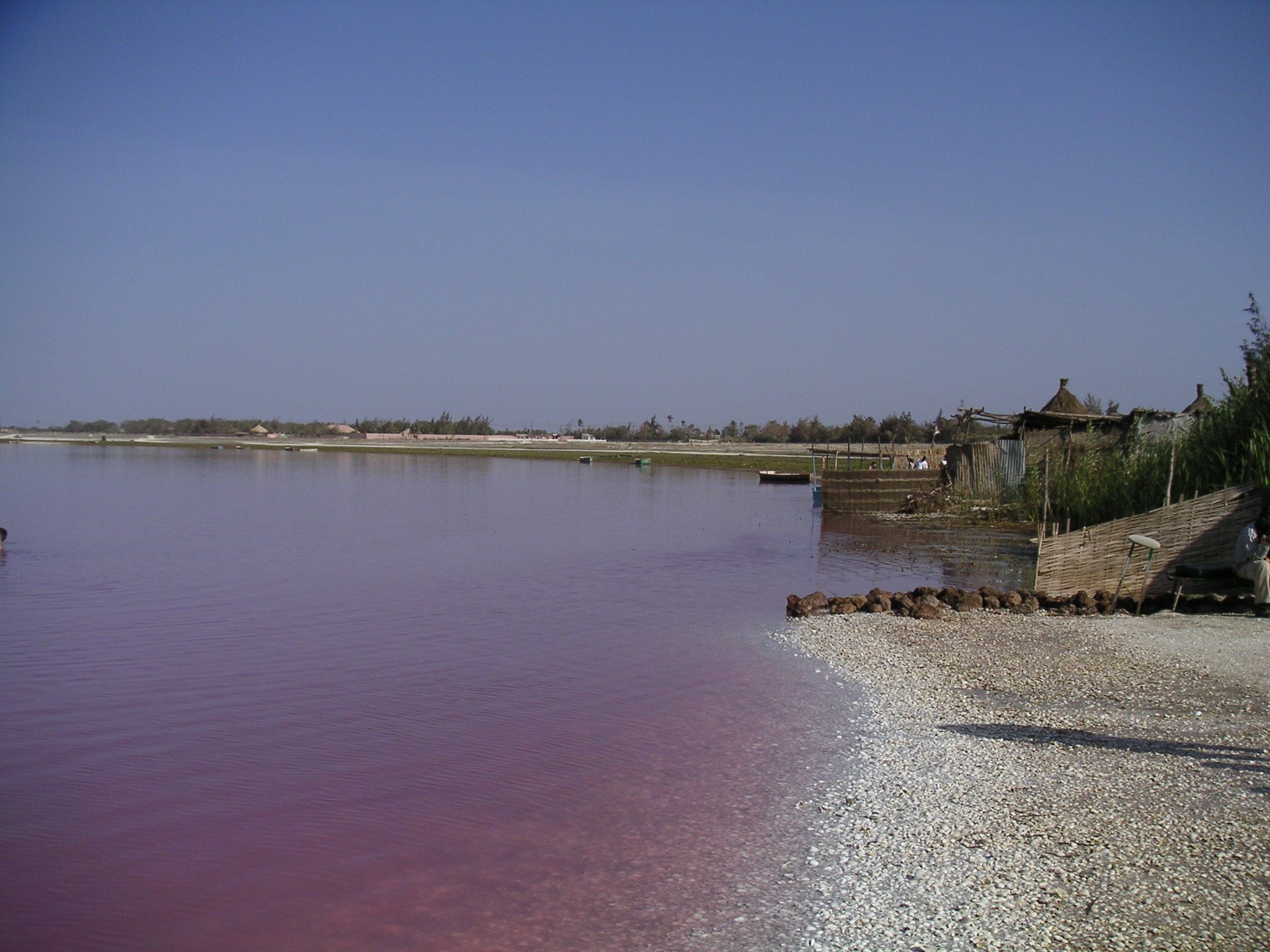 Arnault, CC BY-SA 2.0, Wikimedia Commons
Arnault, CC BY-SA 2.0, Wikimedia Commons
Are people affected by the lowered salt content?
In terms of swimming, no. But a reduced salt content greatly affects the economy as less salt is available for harvesting.
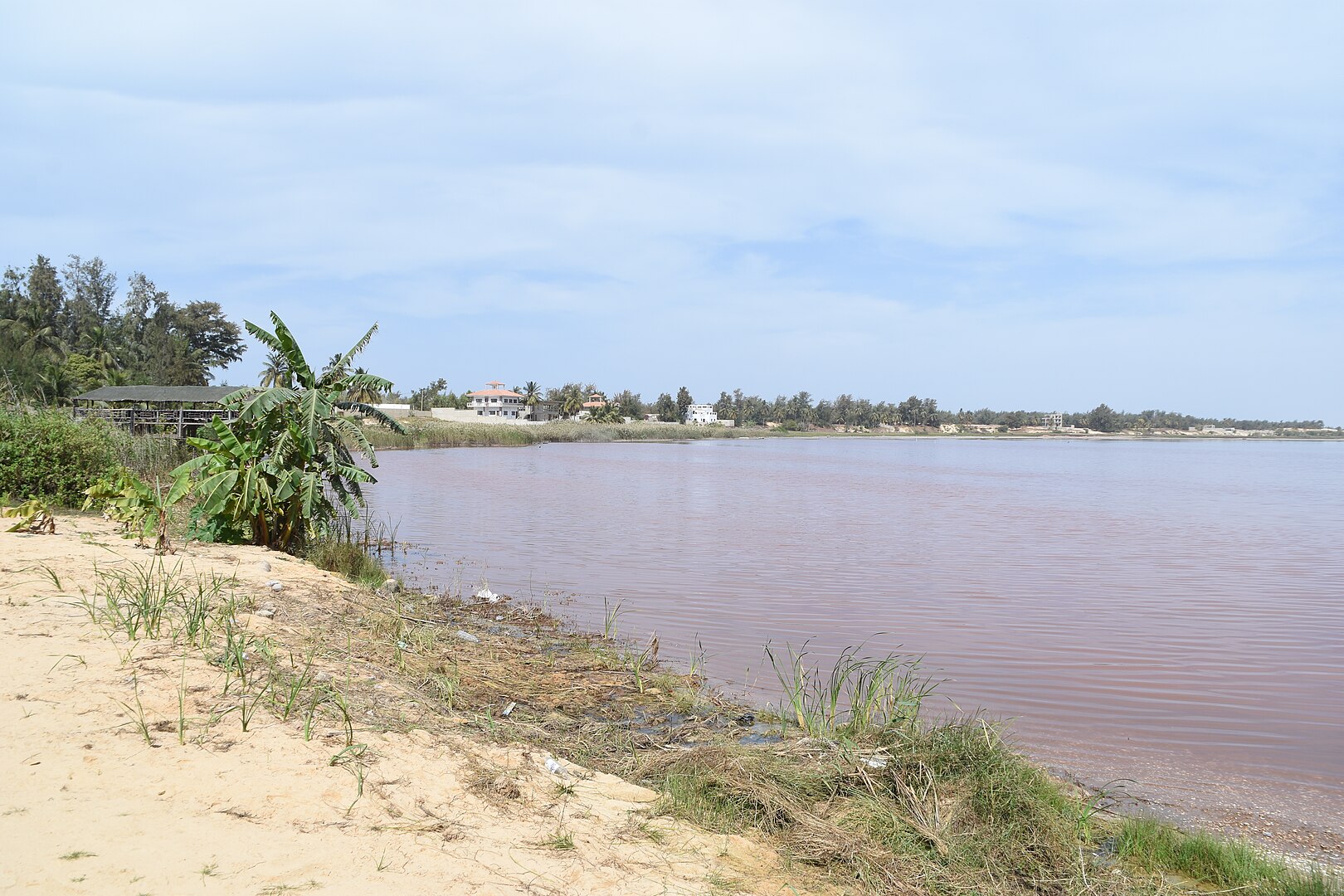 Jjm2311, CC BY-SA 4.0, Wikimedia Commons
Jjm2311, CC BY-SA 4.0, Wikimedia Commons
What contaminates the water?
Aside from large amounts of rainfall, various chemicals that come off of people’s skin also contaminate the water. Tourists are urged to avoid too much sunscreen and bug sprays before wading into the water.
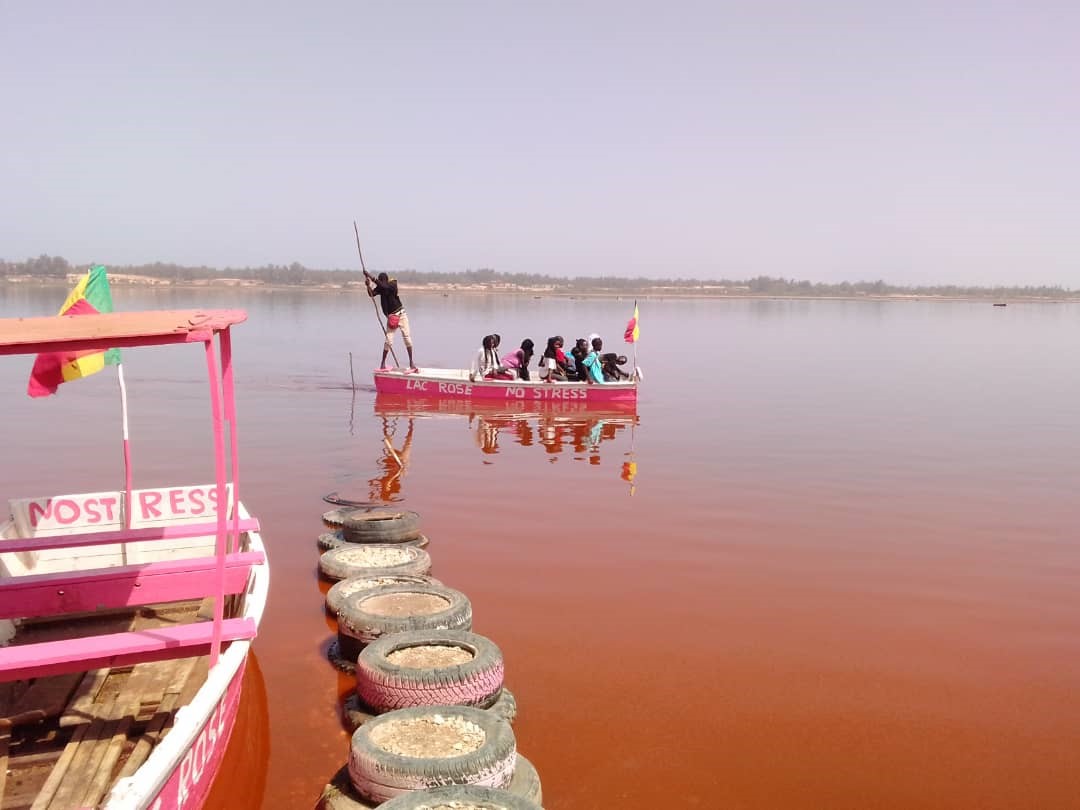 Tafsir207, CC BY-SA 4.0, Wikimedia Commons
Tafsir207, CC BY-SA 4.0, Wikimedia Commons
Has the lake ever had a major flood?
Yes, in 2022 torrential rains hit the capital of Dakar and swept flood waters toward the lake, which tore a wide channel in its bank.
What happened?
Countless harvested salt mounds were washed away, along with local vendor stalls who were set up in the lower areas around the lake.
This event greatly affected the livelihoods of the locals.
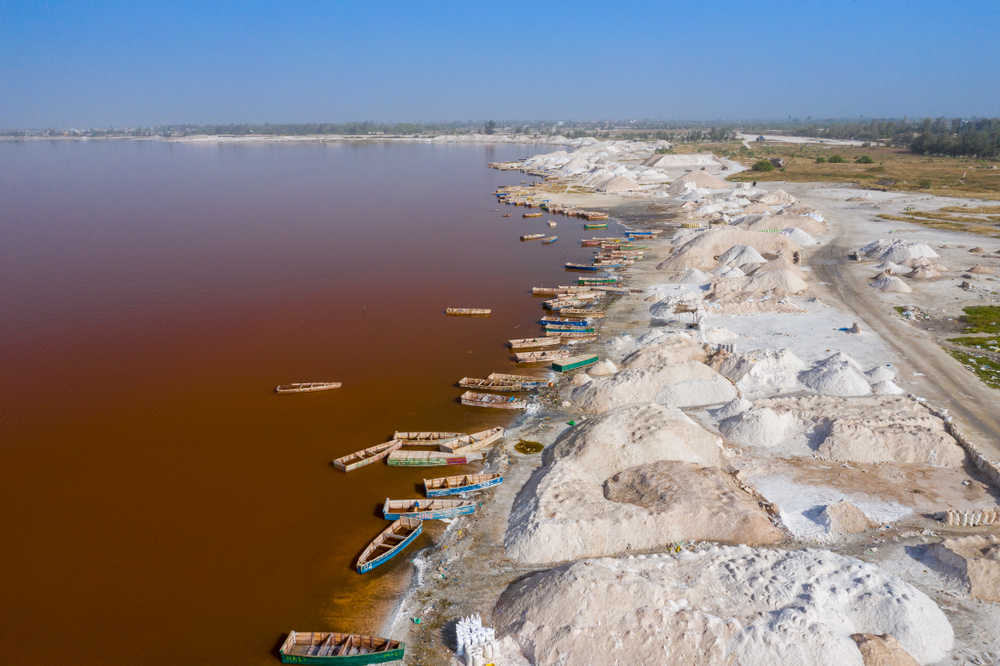 Curioso.Photography, Shutterstock
Curioso.Photography, Shutterstock
What were the consequences?
The flooding destroyed 7,000 tons of salt worth around 420 million CFA francs ($696,000), according to the Lake Retba Salt Extractors Association.
The widened channel filled the lake with brownish-green water and the shore was littered with dead fish.
How was tourism affected?
The lake took a very long time to return to its usual pink-lemonade hue. This greatly reduced the tourist population, which in turn significantly affected the livelihood of locals who depending on tourism as income.
Has the lake returned to normal?
Unfortunately, no. Since the flood in 2022, Lake Retba has still not fully returned to its usual pink color and shallow depth.
Is Lake Retba the only pink lake in the world?
No, Lake Retba is only one of the world’s naturally occurring pink lake. The stunning phenomenon occurs in Spain at Torrevieja Lagoon, and in India at Lonar Lake, and Lake Hillier in Australia.
All of those lakes have the same pink hue from the same single-celled algae.
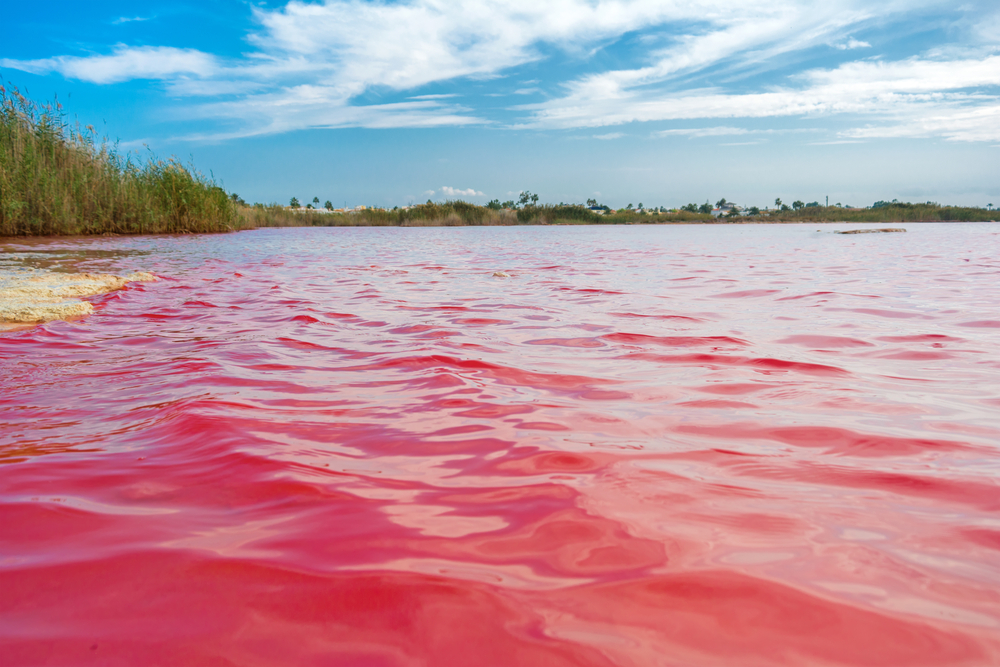 LVV, ShutterstockLa Salinas de La Mata of Torrevieja
LVV, ShutterstockLa Salinas de La Mata of Torrevieja
Final Thoughts
Lake Retba is a very popular tourist destination as it usually boasts an incredible pink color coupled with such high salt content that almost anything will float.
However, recent floods have threatened the make-up of the lake, and it is difficult to determine whether it will ever return to its natural pre-flood state.


